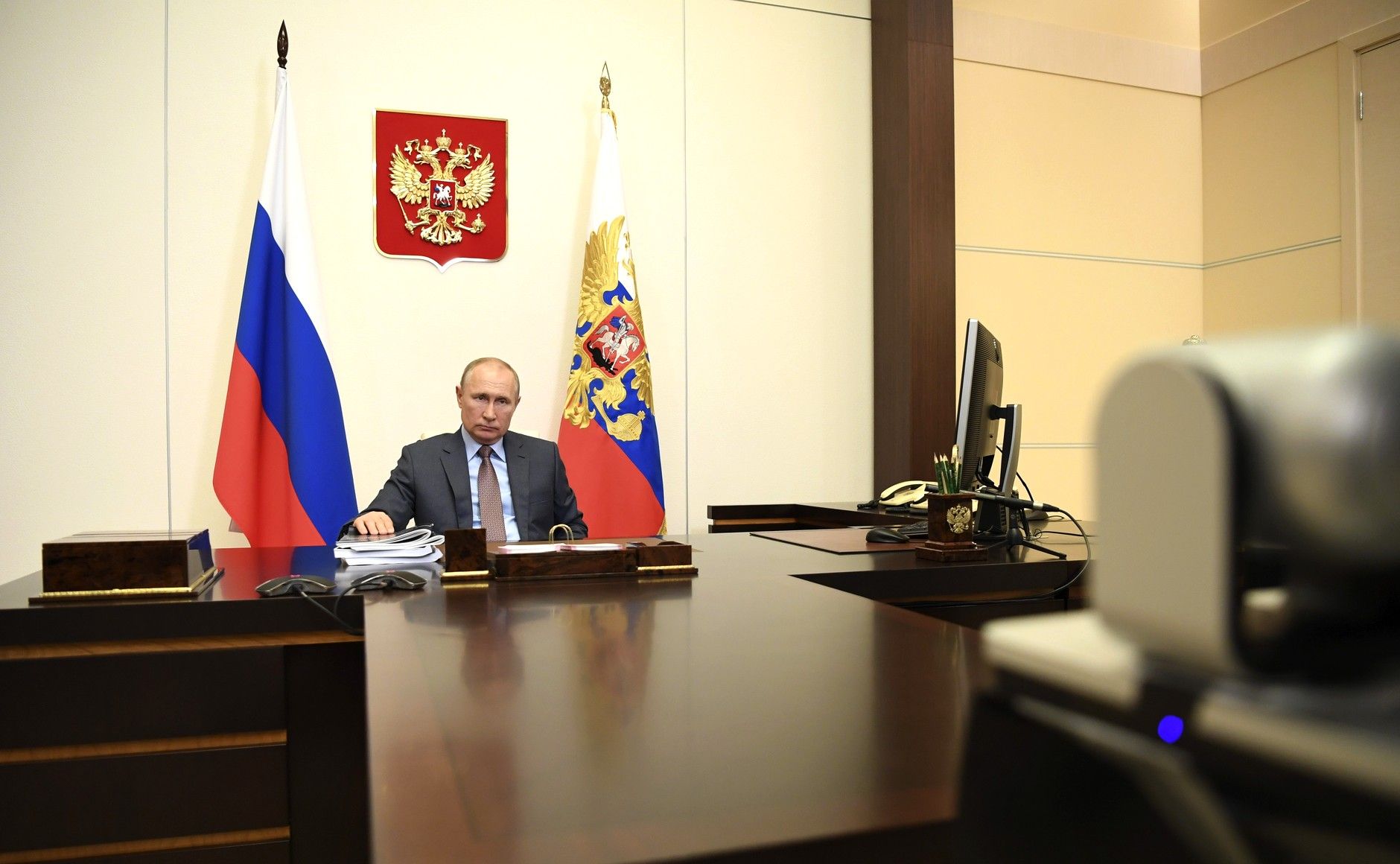Russian Policy on Nuclear Deterrence

What is the purpose of the document?
The decree signed by Putin sets out the assumptions of the state’s nuclear deterrence policy, previously secret, and follows the declaration of military doctrine of December 2014.
However, the deterrence document serves primarily as a warning. Russia is signalling that the strengthening of NATO’s Eastern Flank, the discussion about the possible deployment of U.S. tactical nuclear weapons on the territory of countries on that flank, the growing activity of the U.S. in space, and the U.S. work on medium-range missiles after its withdrawal from the INF Treaty are factors that significantly increase the chance of an outbreak of conflict in which Russia will use nuclear weapons. Besides a warning, it implies a threat and a suggestion to accept Russian proposals in the field of arms control and disarmament, in particular the demand for the U.S. to extend the New Start Treaty (NST).
What is the Russian nuclear doctrine?
The decree includes the assumption that the nuclear arsenal is a basic deterrent for Russia and that it could be used in response not only to the use against it of weapons of mass destruction but also a conventional attack if it threatens the existence of the state and/or its allies, or if such an attack were to deprive Russia of its second-strike capability. Russia declares that it has 513 strategic weapon carriers (ballistic missiles, submarines, bombers) and 1,426 ready-to-use nuclear warheads (as of 1 September 2019). Modernising this arsenal has been a top priority, accounting for about 20% of Russia’s defence spending. The rearmament of ground-based strategic response forces is expected to be completed in 2024, and new rockets, including hypersonic variants, are how Russia aims to reduce NATO’s conventional advantages.
What is Russia’s stated threshold for the use of nuclear weapons?
According to the decree, the threshold for the use of nuclear weapons by Russia has not changed and is relatively high. As with any other nuclear power, the essence of the Russian doctrine is uncertainty about its use. Therefore, the decree intentionally does not dispel doubts as to whether and under what conditions Russia may decide to conduct a pre-emptive attack aimed at de-escalating a conflict. It is also unclear which countries are included in the group of allies Russia is ready to protect with its nuclear potential. This list is likely open-ended and may include countries outside the post-Soviet area. At the same time, the real Russian nuclear doctrine may turn out to be different than the one presented in the decree—many Russian strategic documents (e.g., the 2016 foreign policy concept) contain declarations that do not coincide with real Russian policy.
What does the decree mean for NATO countries?
The document is further confirmation that in Russian strategic and operational thinking there is a continuum between the use of conventional and nuclear forces. At the same time, the decree is not only part of Russia’s strategic communication but also can be considered within the context of the information war directed against NATO. The motive for the publication of the document appears to be the desire to increase division within the Alliance regarding activities Russia perceives as dangerous to itself, especially in Central and Eastern Europe. The implication that these activities could lead to a case in which Russia decides to use nuclear weapons is a clear attempt to put pressure on NATO and the U.S. to revise their plans in a way favourable to Russia, which strengthens its advantage (also conventional) over the countries of the Eastern Flank.


